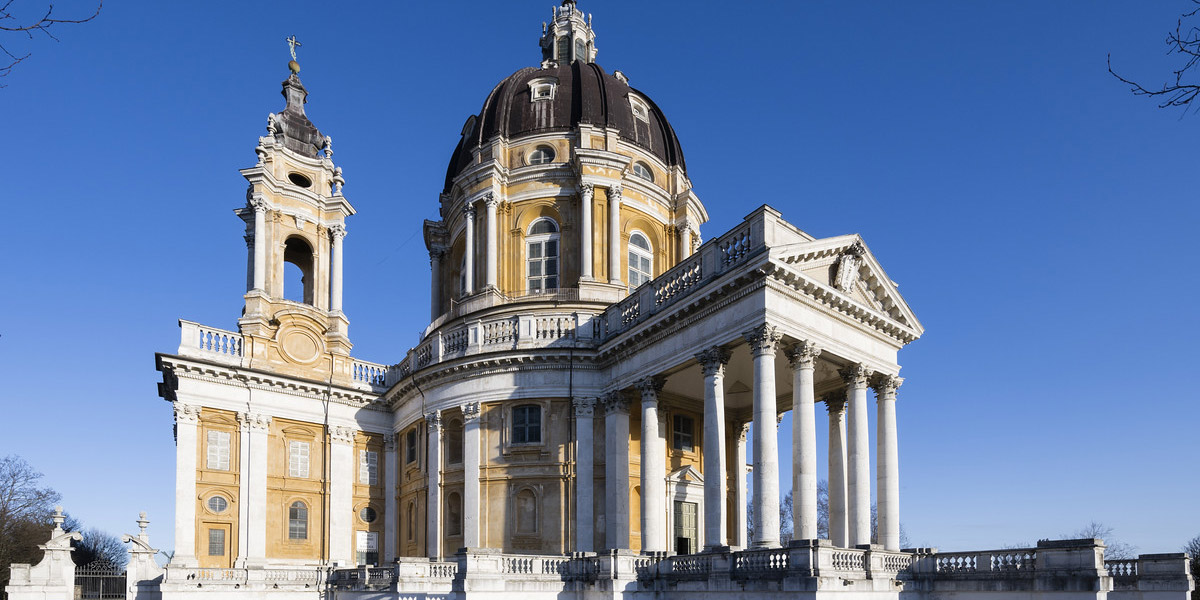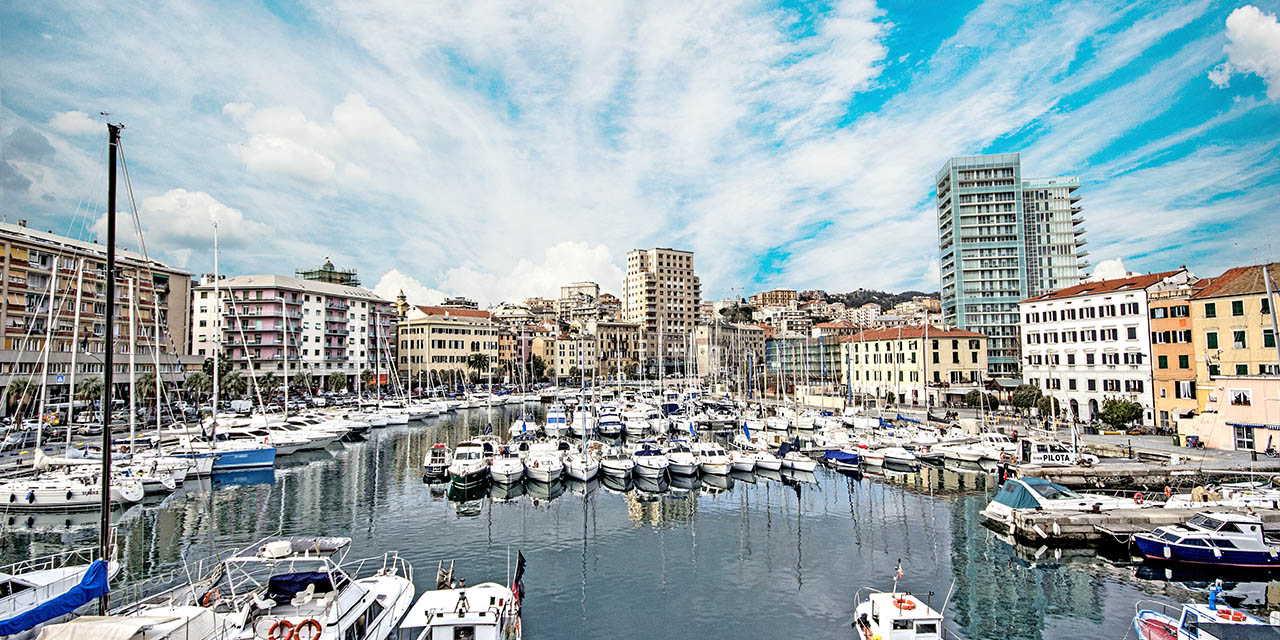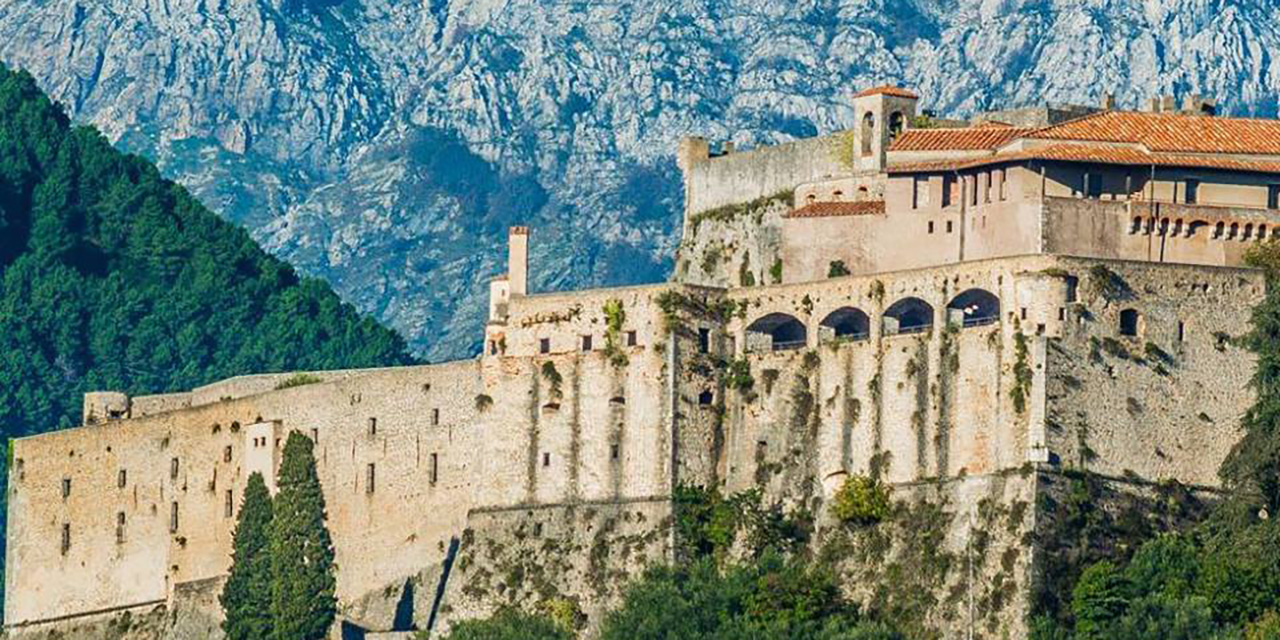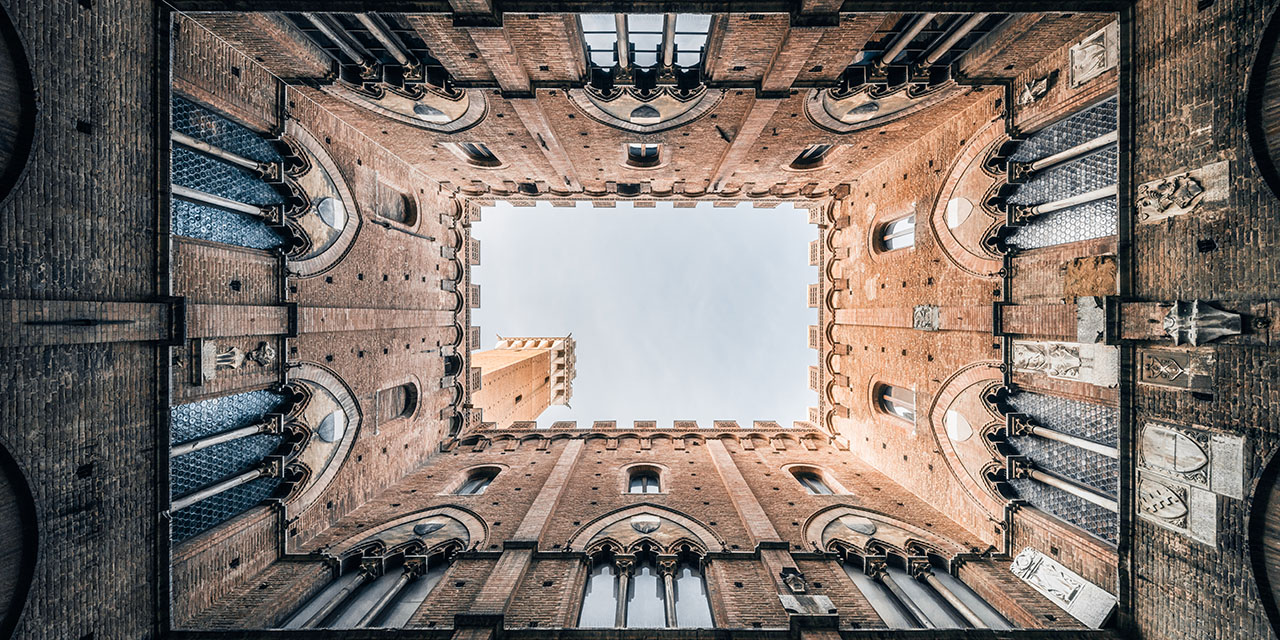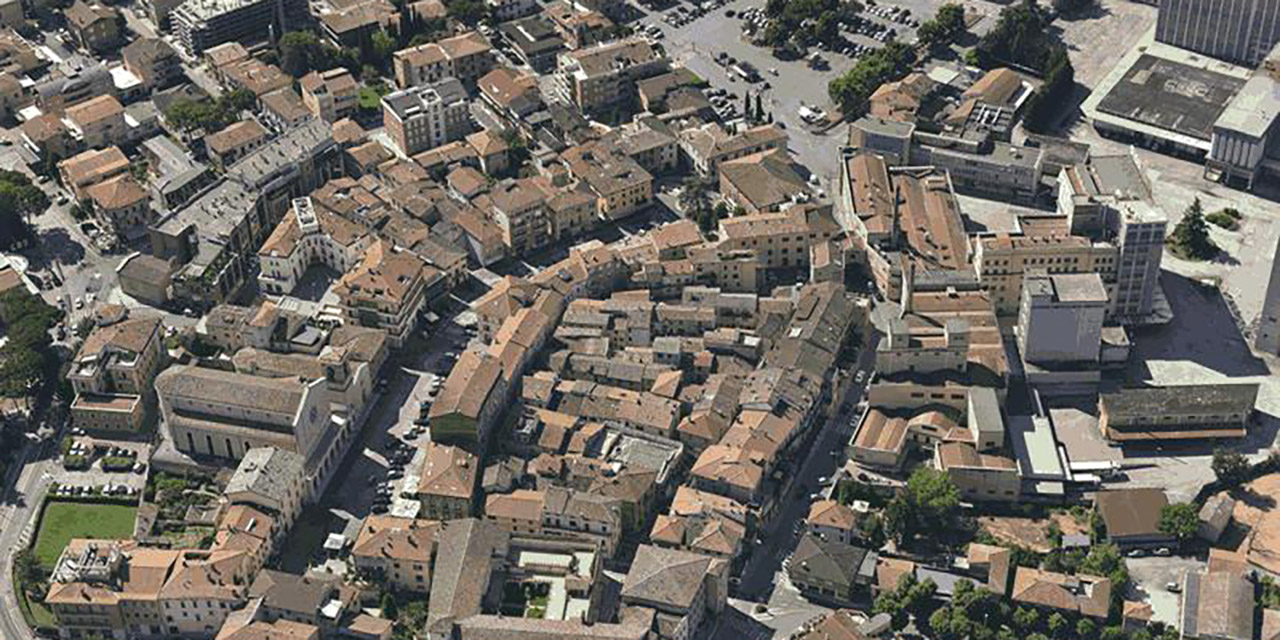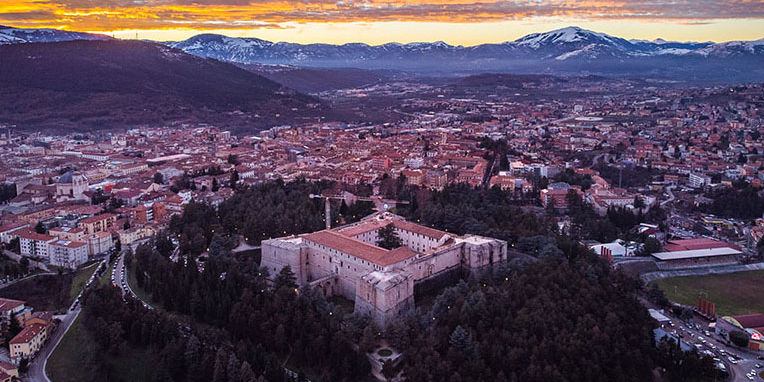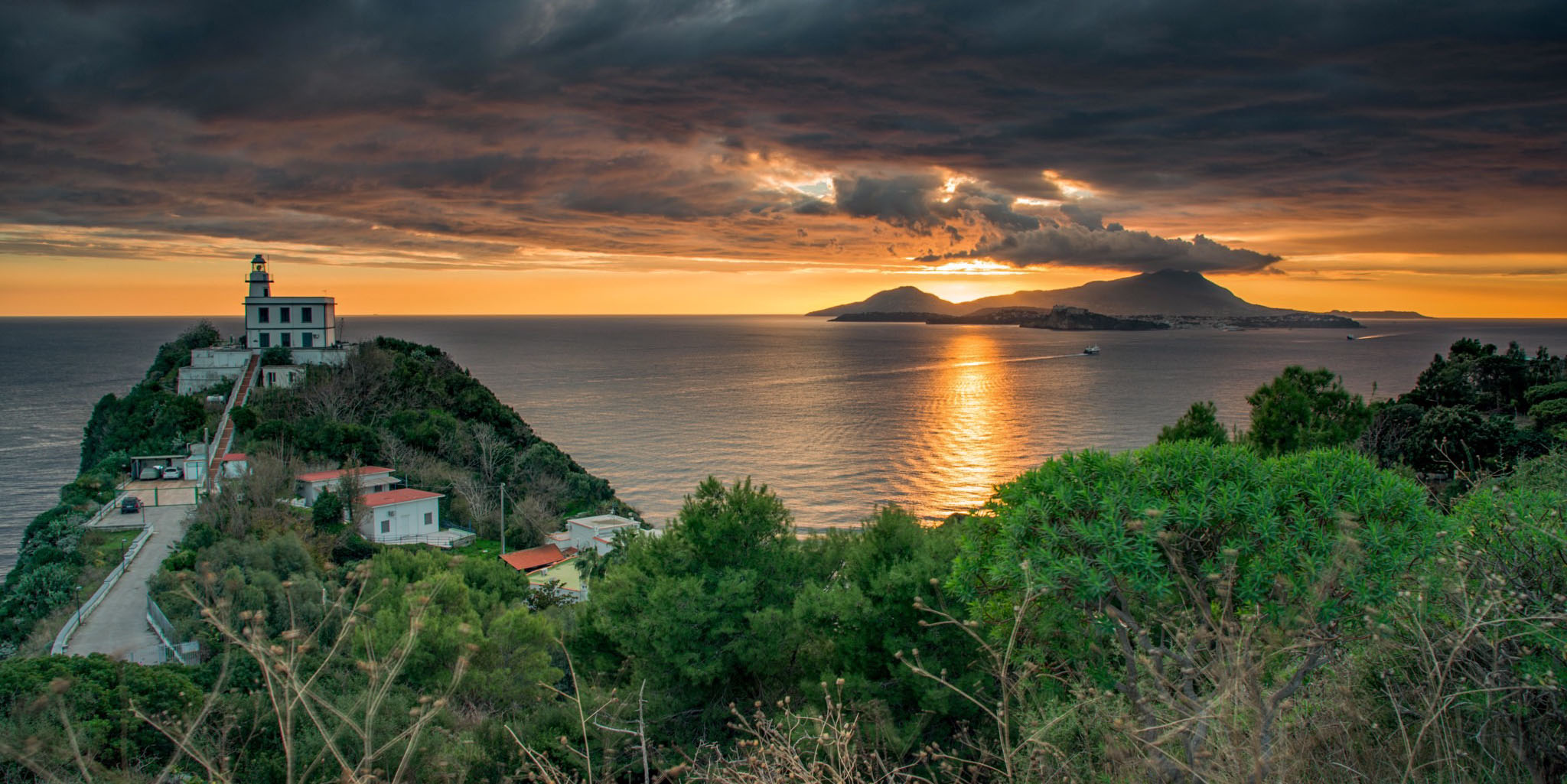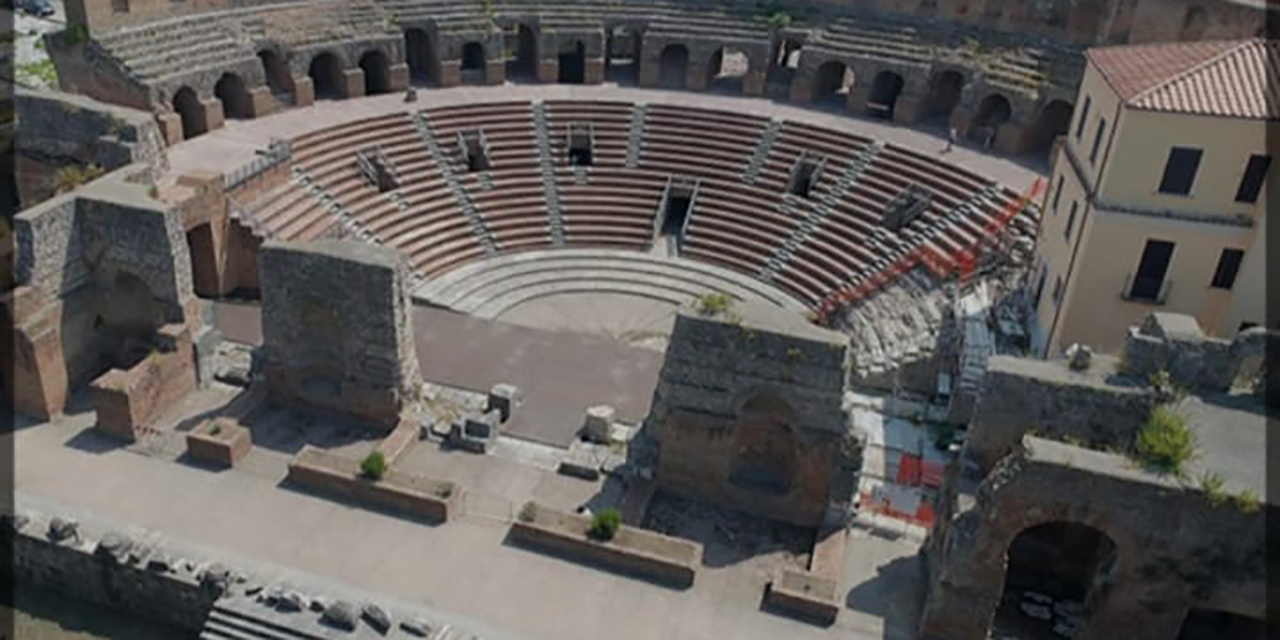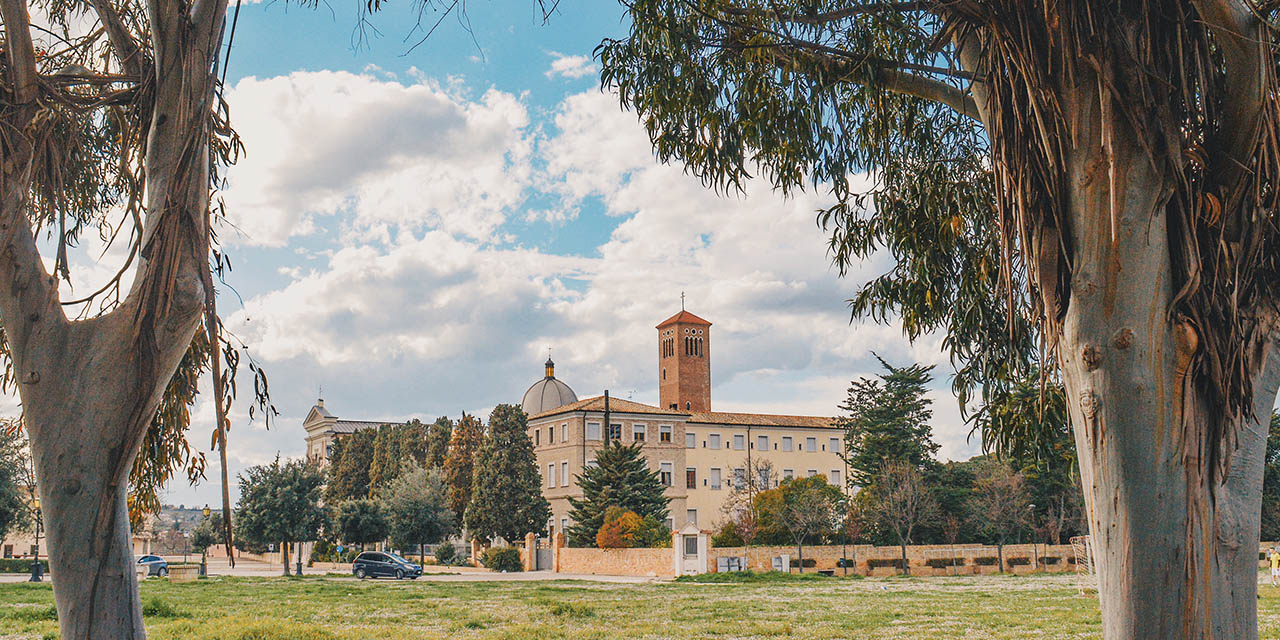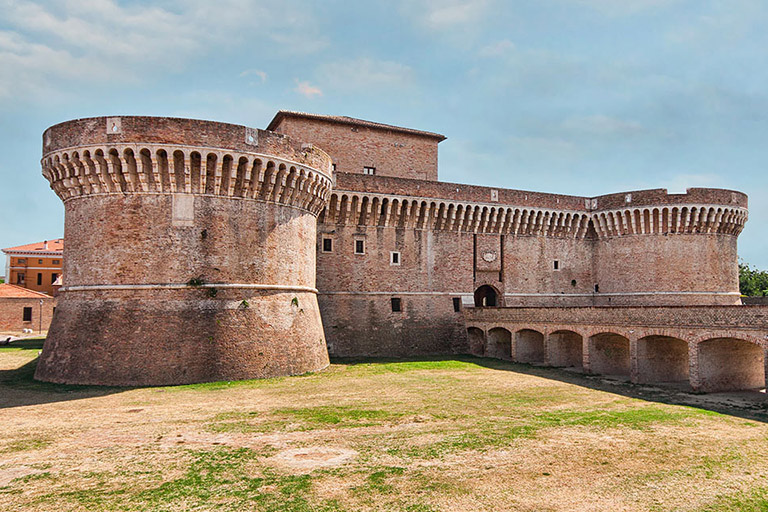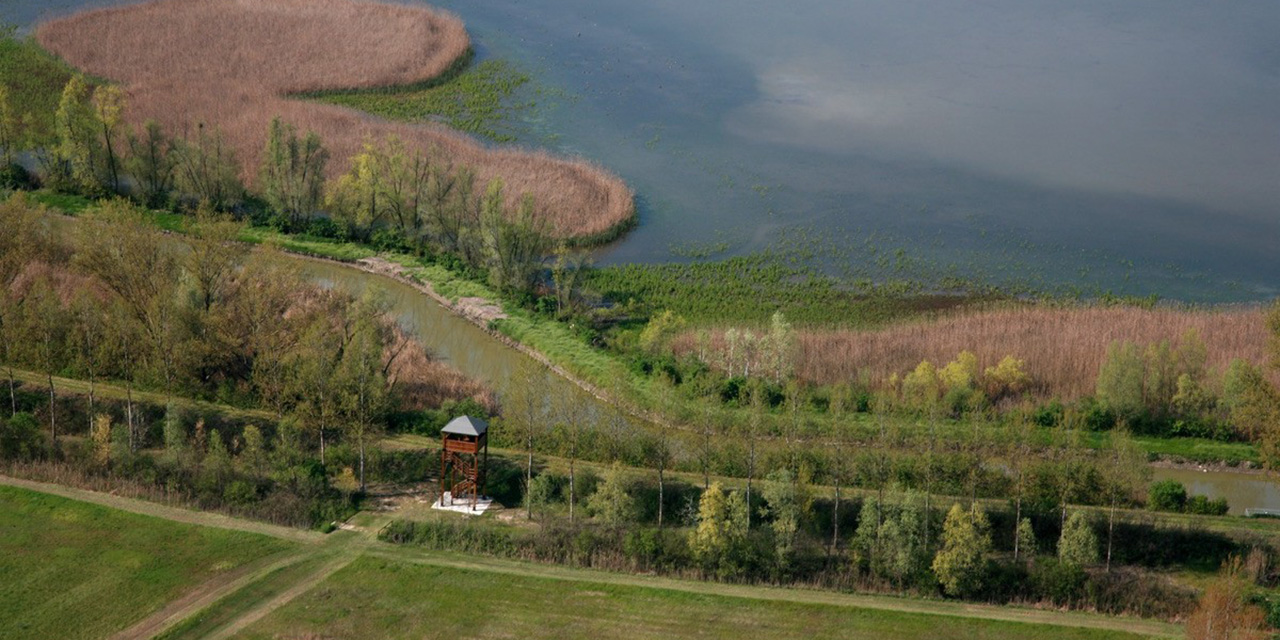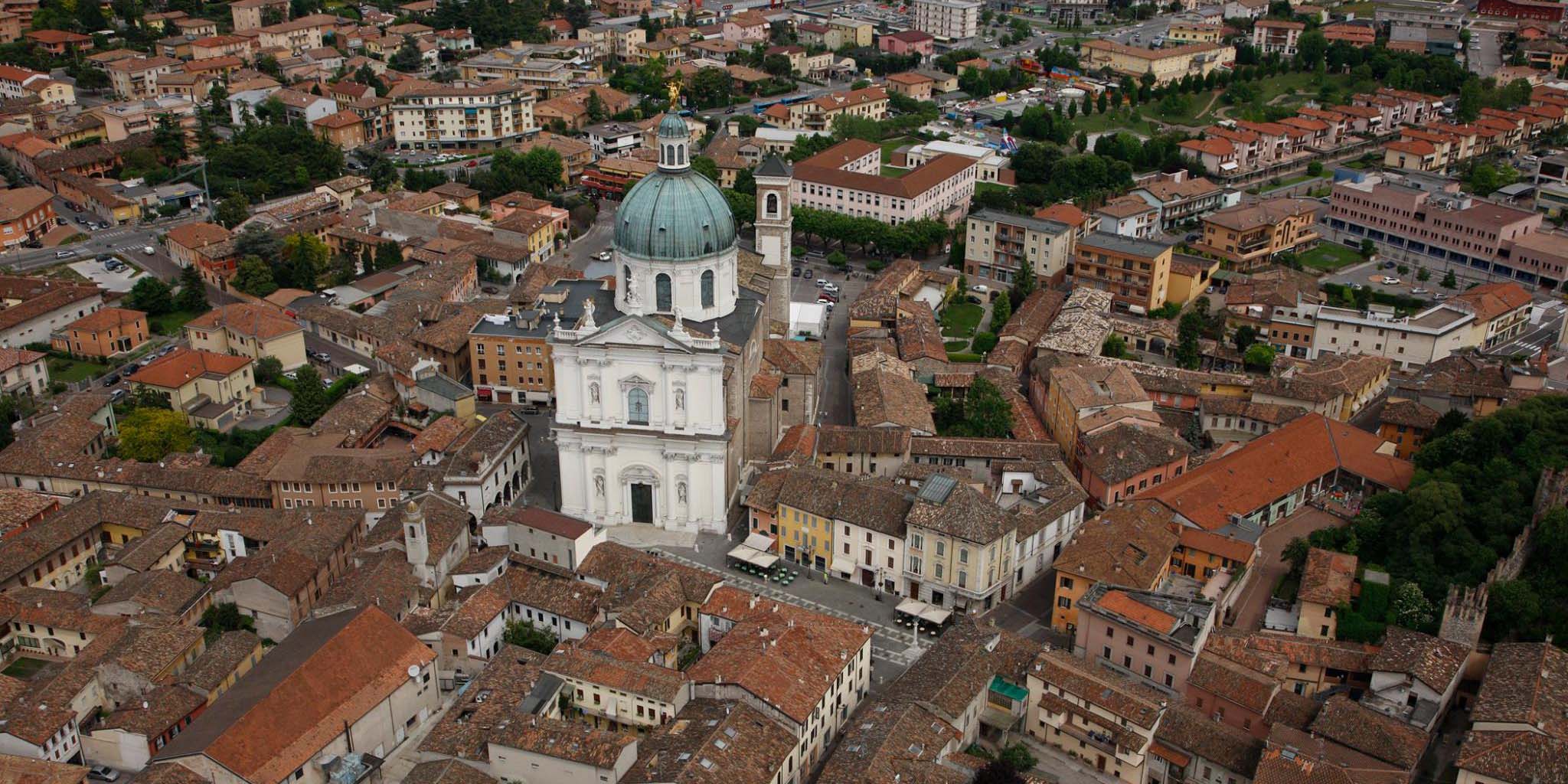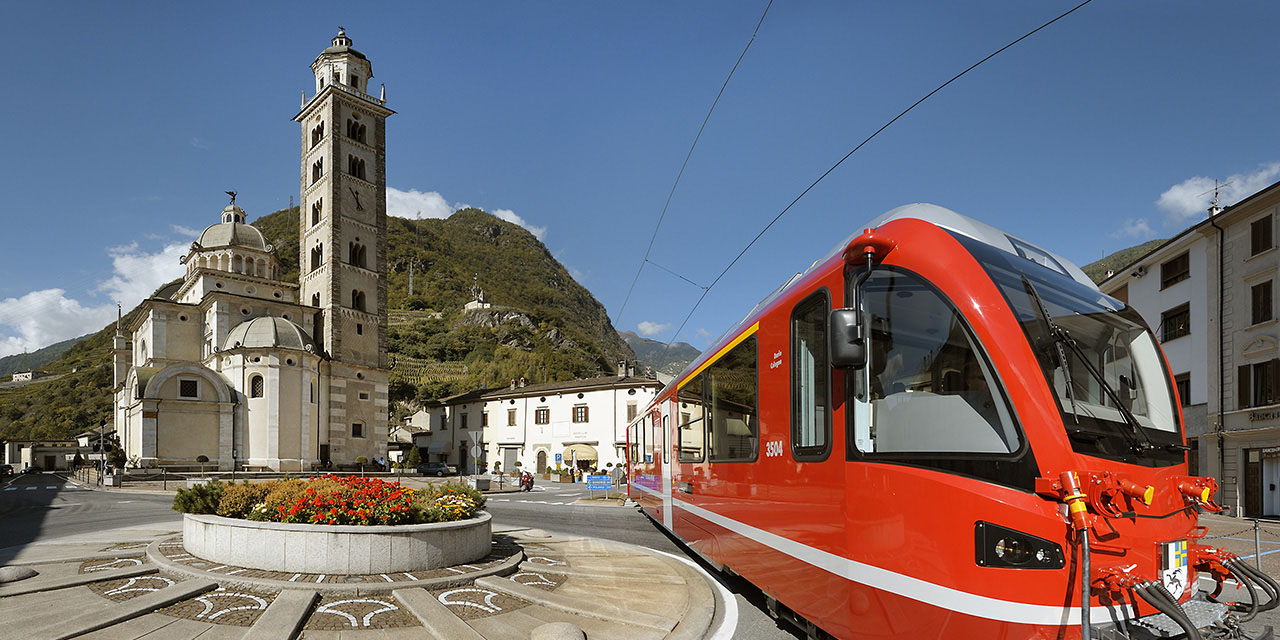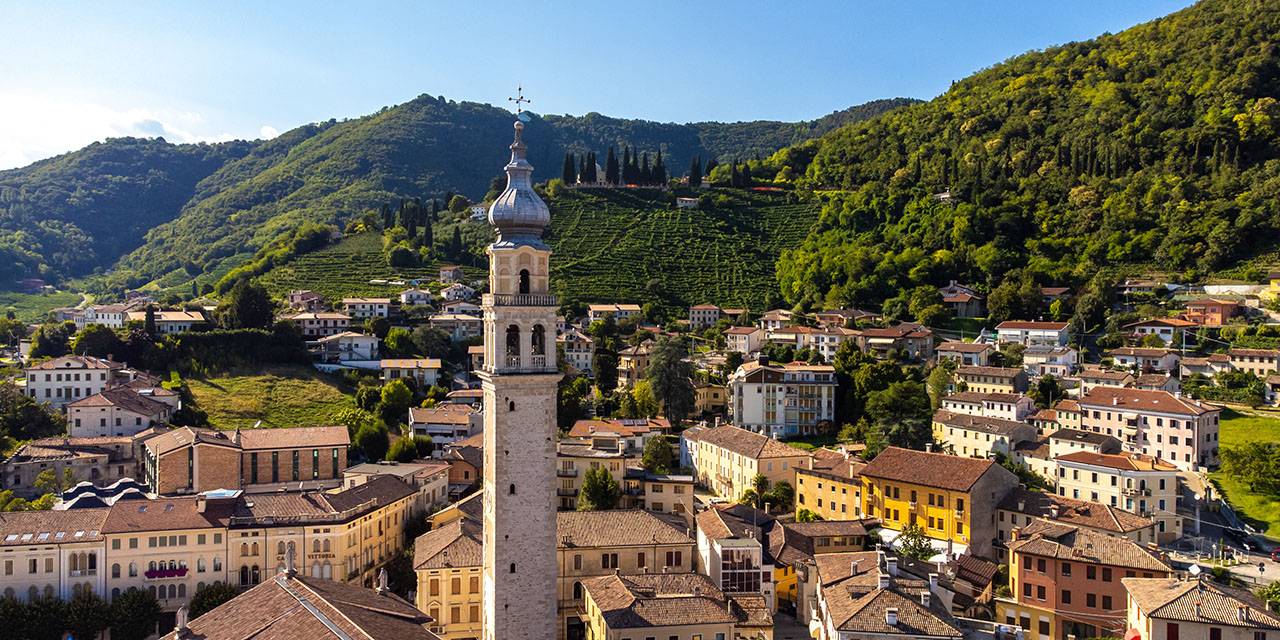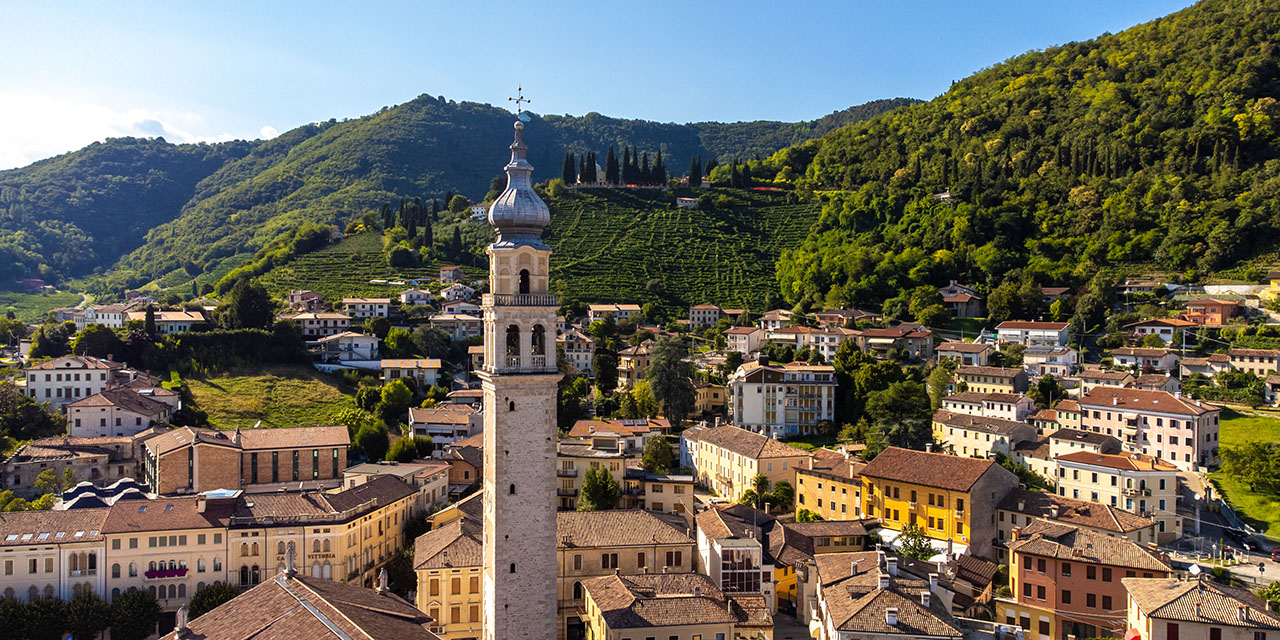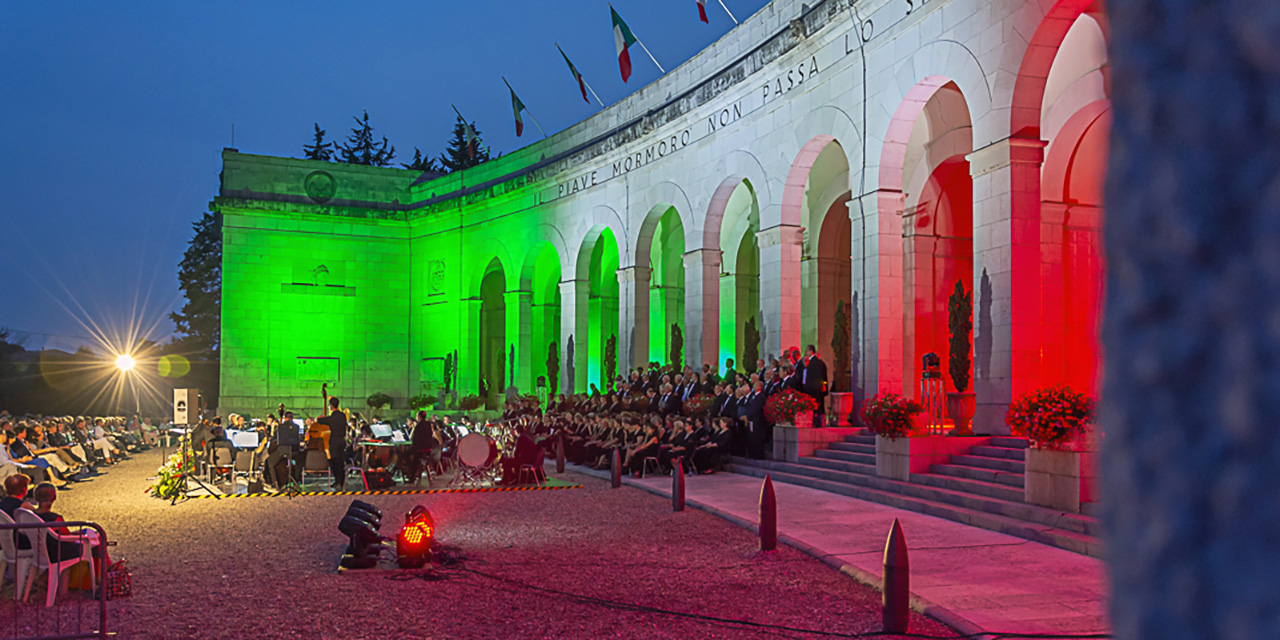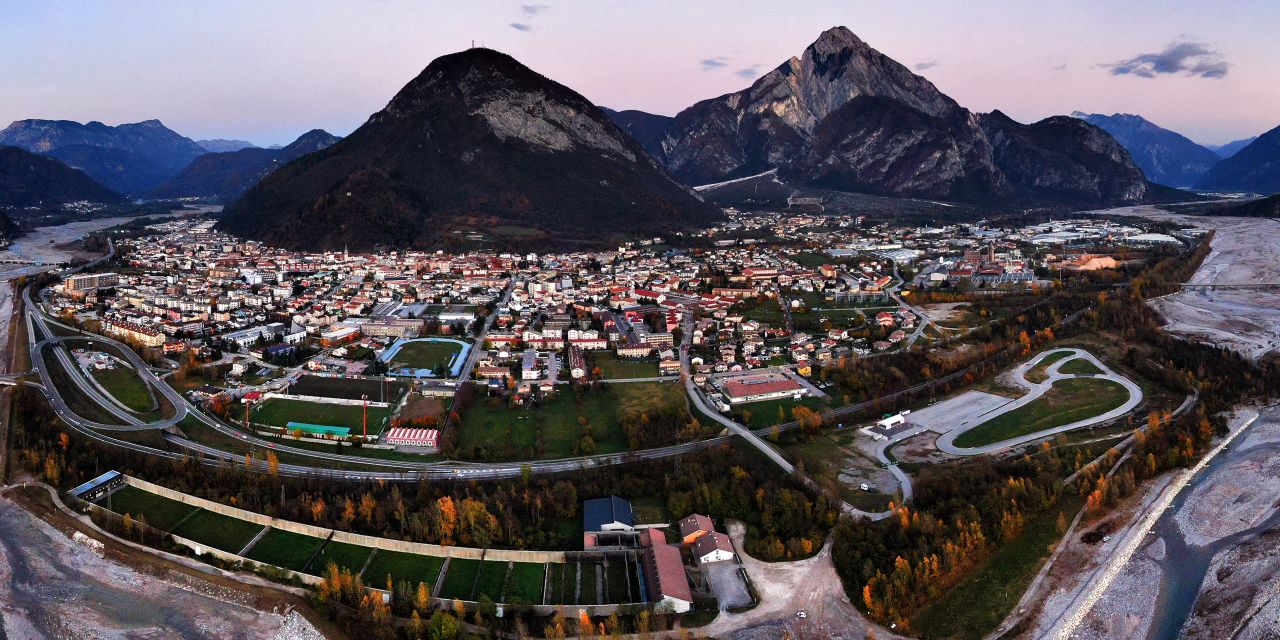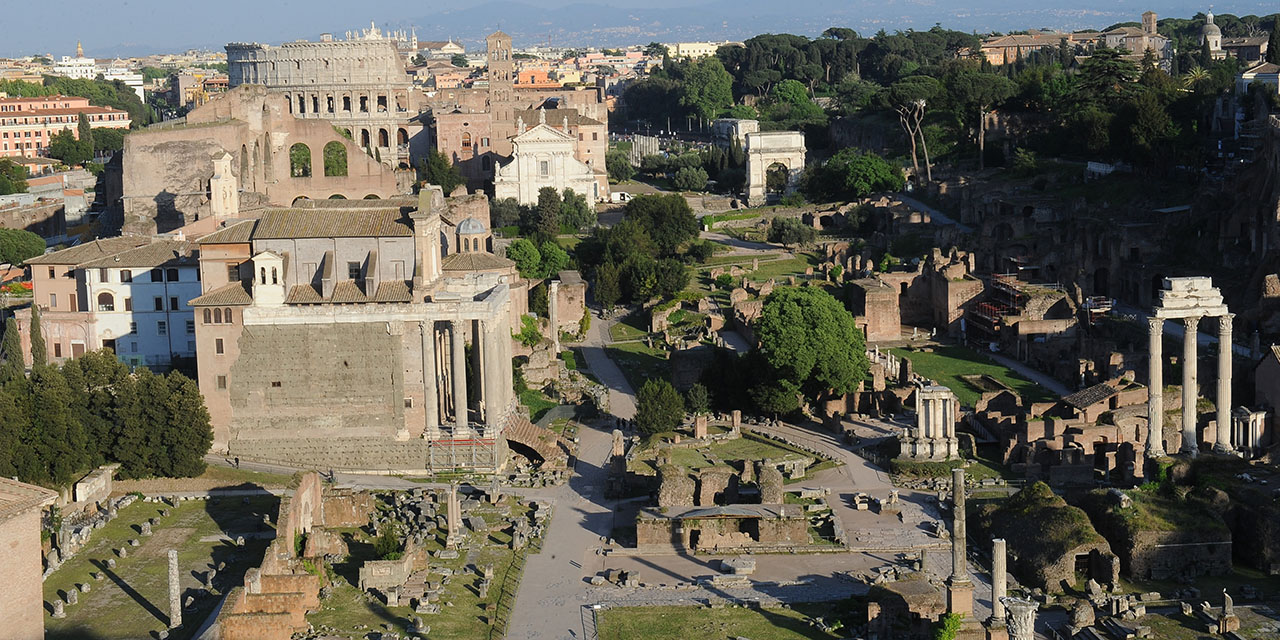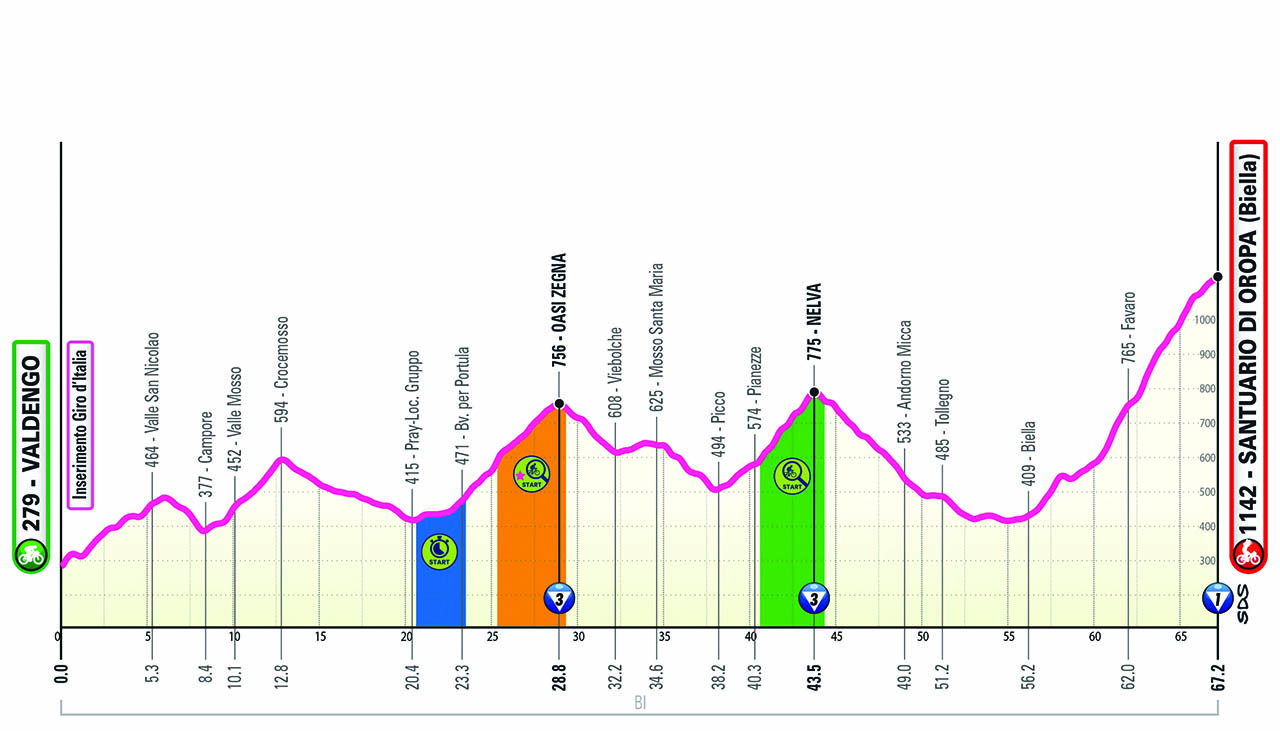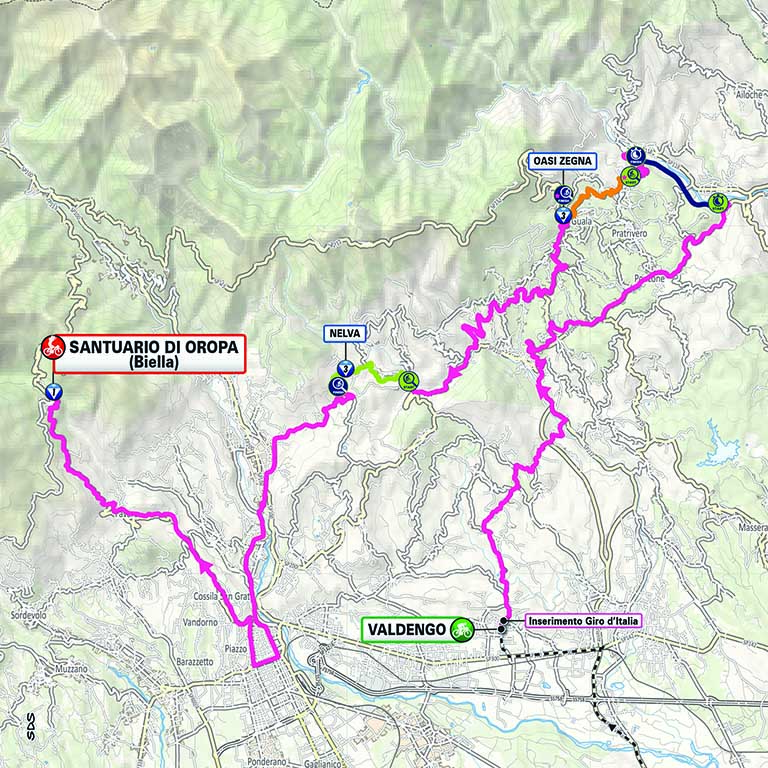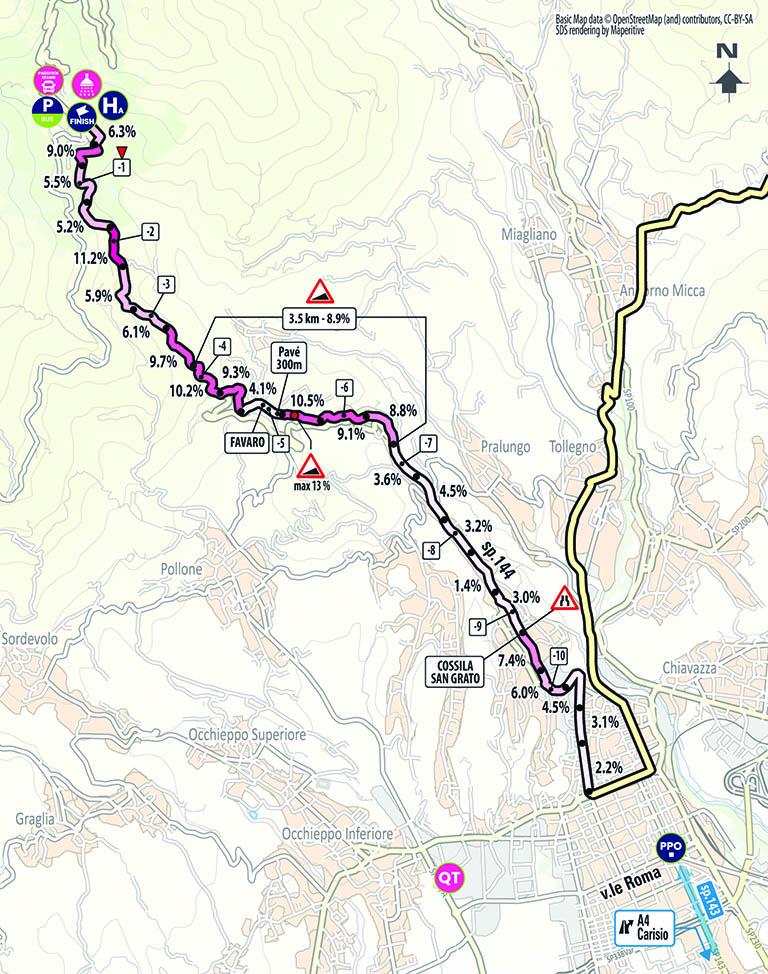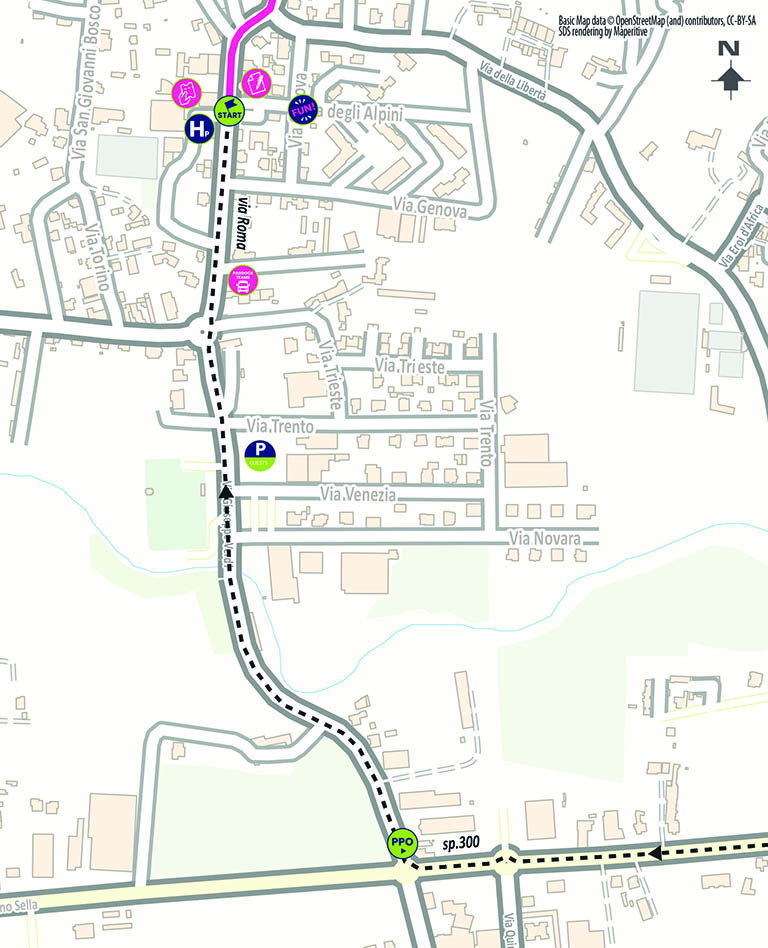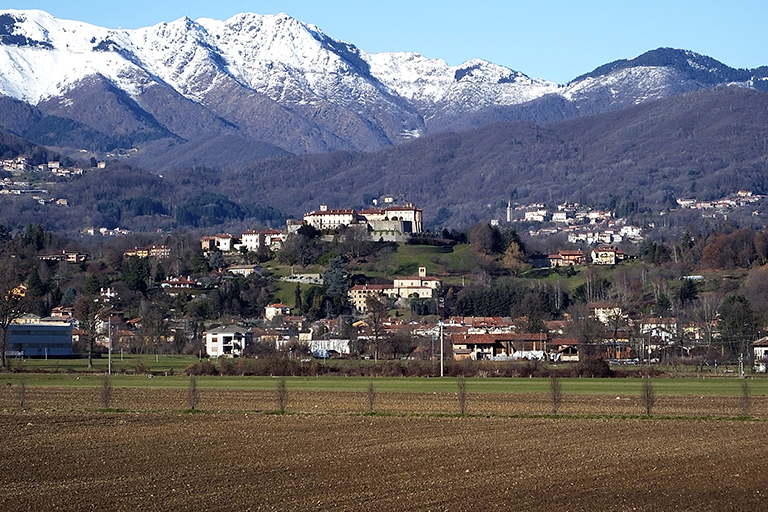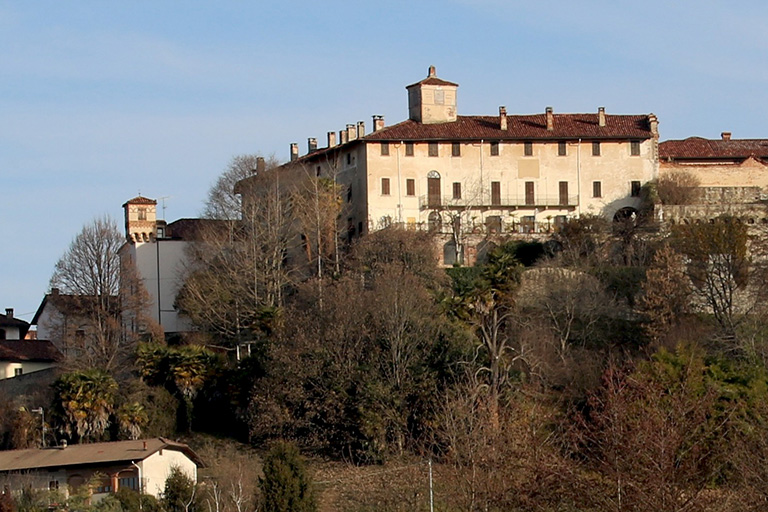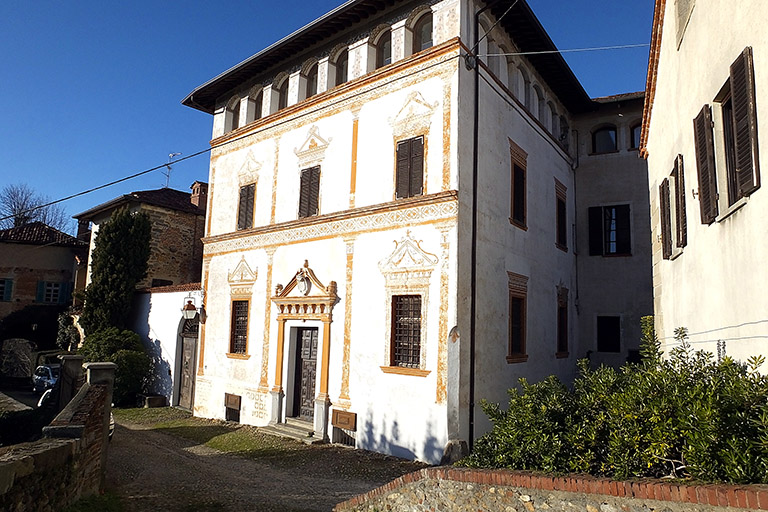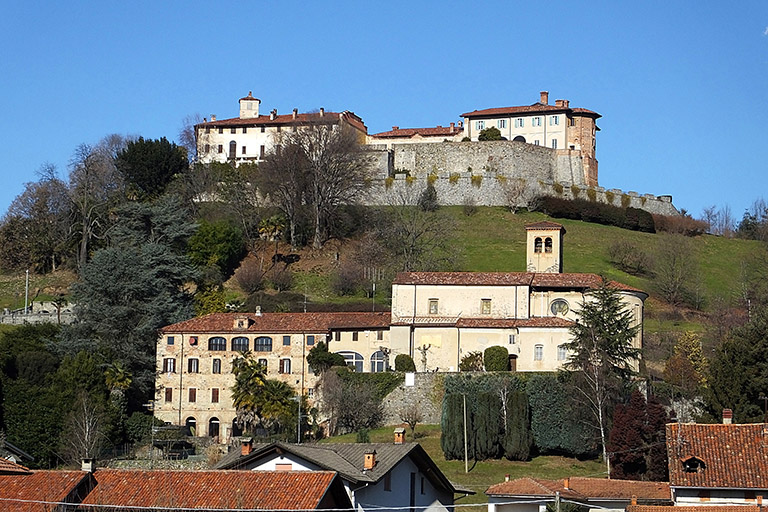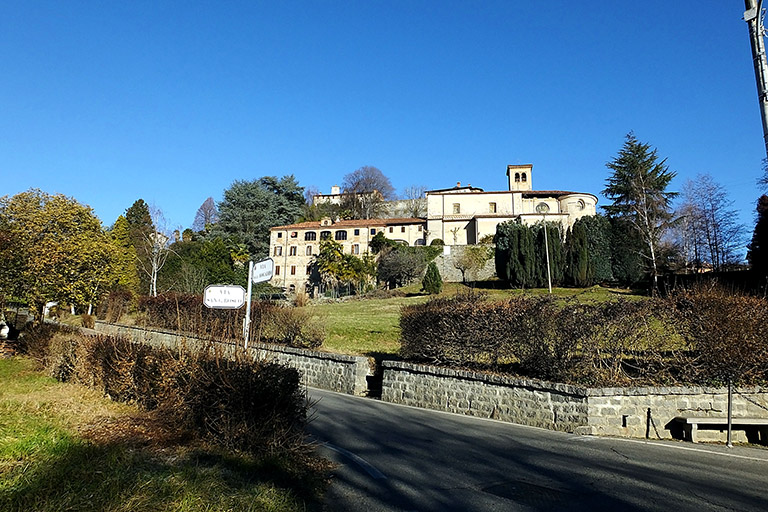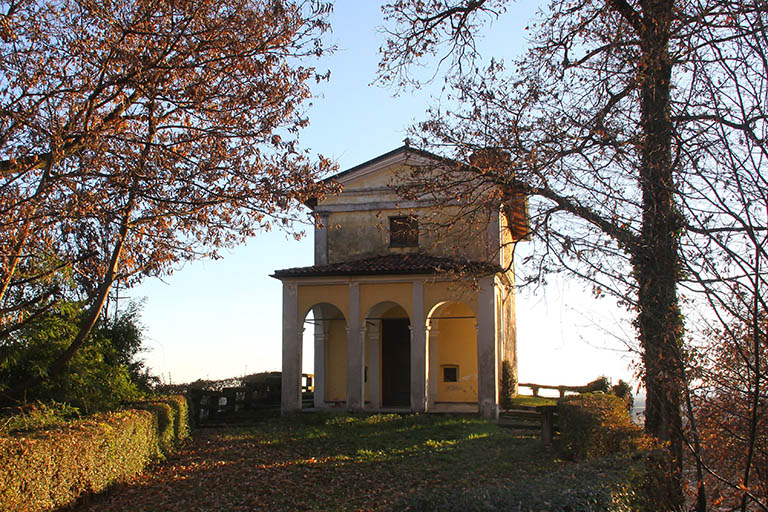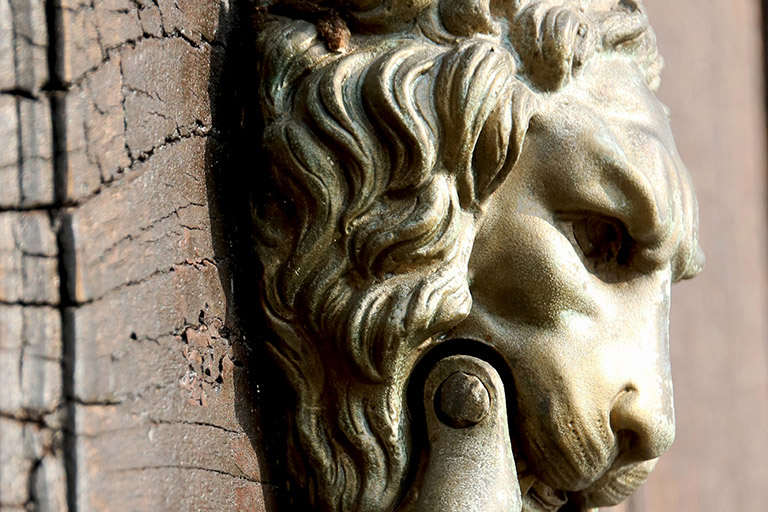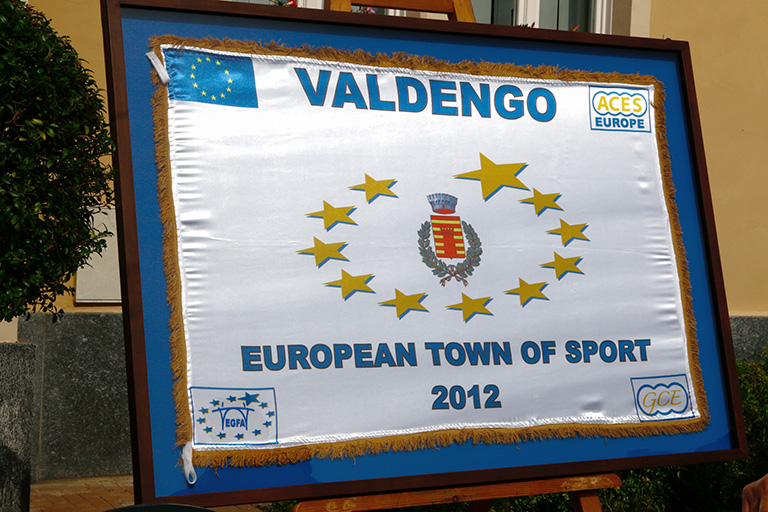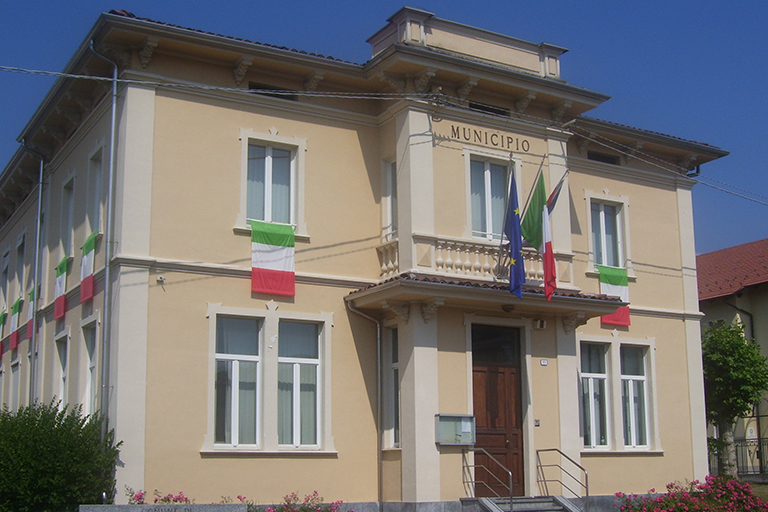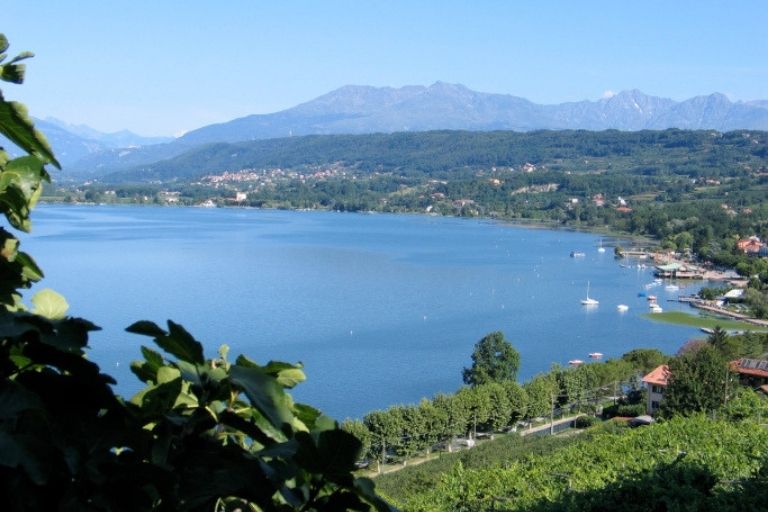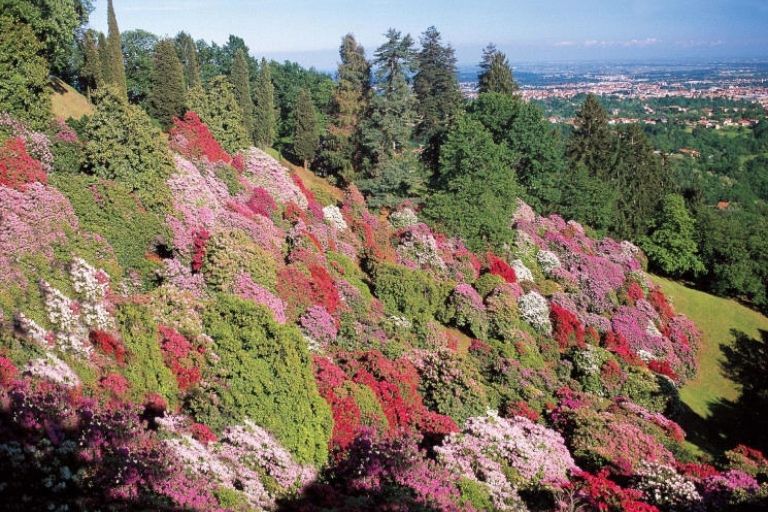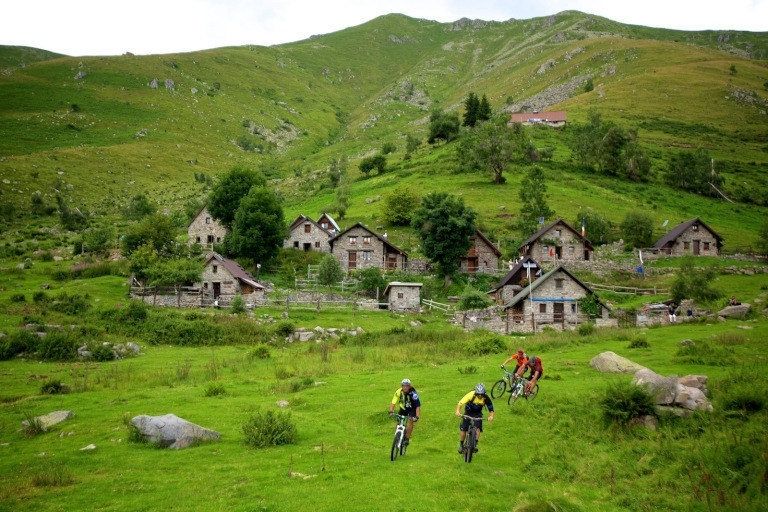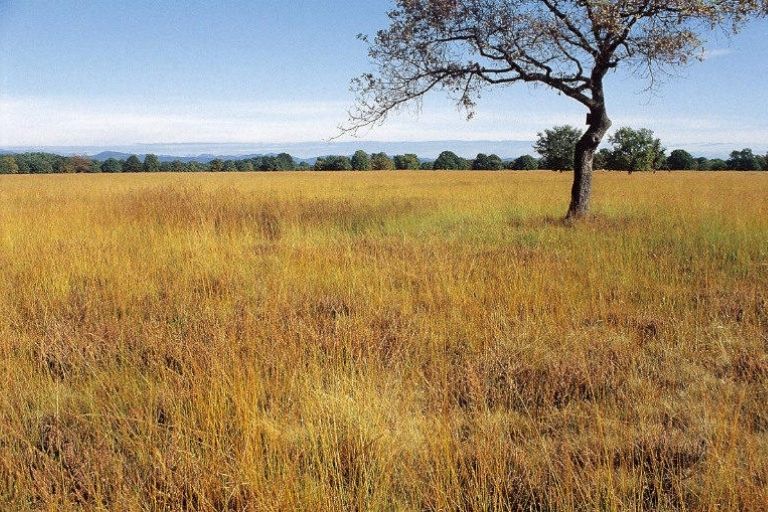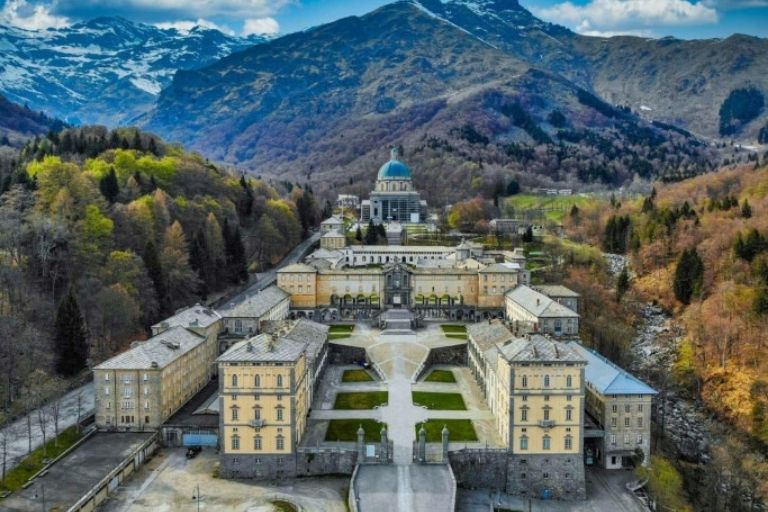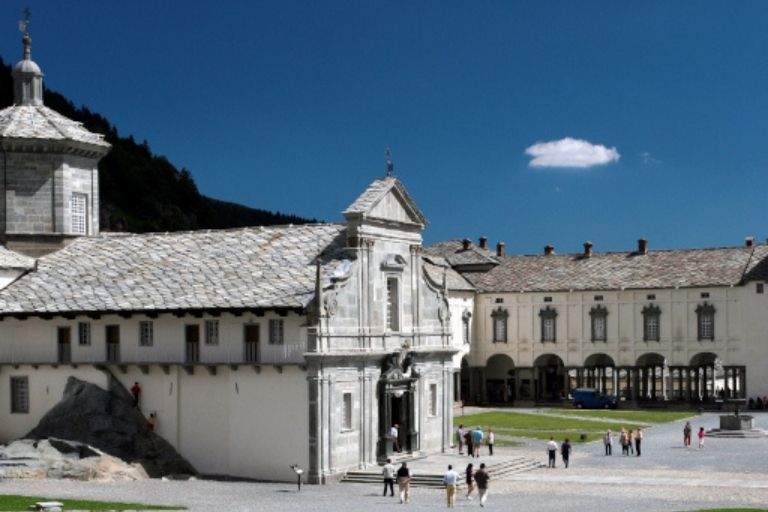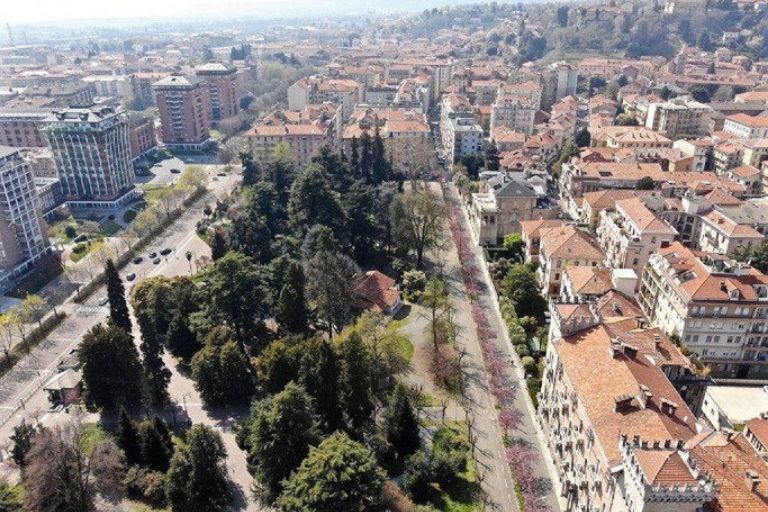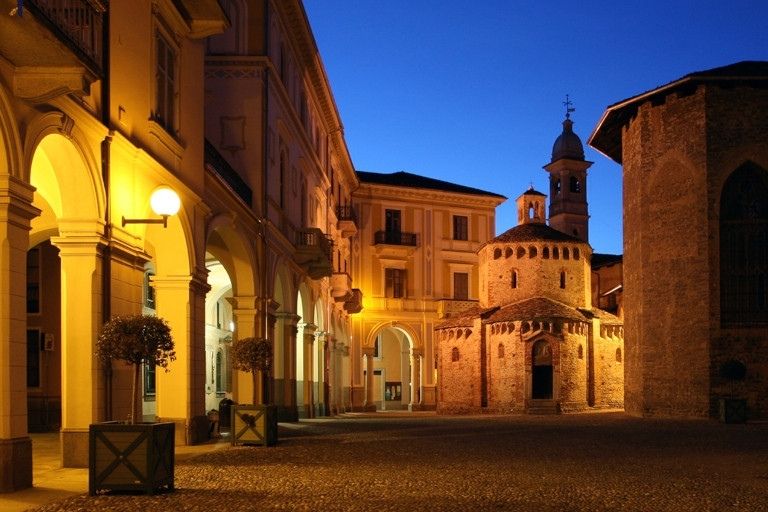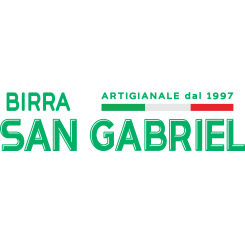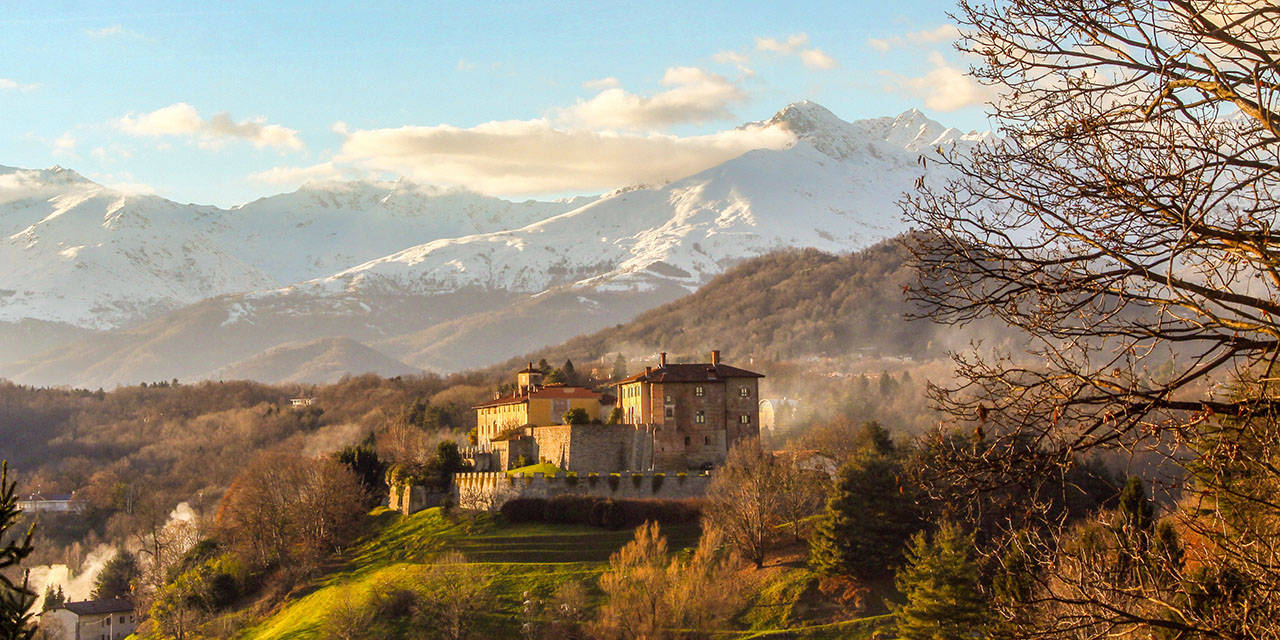
Stage
2
Sunday 5
May 2024
67.2 km
Altitude gain 1700 mt
Stage suitable for: Experts

Valdengo -
Santuario di Oropa
Vanldengo - Santuario di Oropa (Biella)
tourist info
Host city:
Valdengo
Overview
Population: 2386 till 31/12/2022
Inhabitants: Valdenghesi
Municipal land area: Ha 772
Territory’s altitude: max m. 364 a.s.l. – min m. 254 a.s.l.
Coat of arms and Banner: they were granted by royal decree dated May 26, 1942. The coat o arms “in red with five gold bands, the tower embattled in the Guelph style, open and windowed crossing; surrounded by two branches of oak and laurel knotted by a ribbon in the national colors,”, the banner “draped in pink and yellow richly decorated with silver embroidery and charged with the above coat of arms with silvers’s inscription: COMUNE DI VALDENGO.”
Twinning: Monastier (Treviso) – Meolo (Venice) – Odzak (Bosnia – Herzegovina)
Valdengo is nestled at the foot of the mountains, with land that stretches from green hills to the plains, with colorful cultivated plots. The houses, mostly cottages and small apartment buildings, have large, well-kept gardens that blend in with a land and extensive forests.
Gastronomy
Valdengo’s food and wine tradition is typically Biellese, with the distinction of having suffered Veneto influences. In fact, between the 1950s and 1960s many families originally from the Veneto region came to Valdengo, including some of those displaced by the catastrophic Polesine flood of 1951.
The dish that can be said to be representative par excellence of the Biella tradition is definitely “pulenta cunscia,” a mixture of cornmeal and typical cheeses cooked for a long time in the pot and with a full-bodied addition of farmhouse butter. The Biella’s valleys produce a rich collection of cheeses, from which toma and maccagno stand out, and fresh cheeses, “tumìn.”
In the past, fish sellers from Liguria found palates able to appreciate their products: “bagna cauda,” with anchovies boasts typically Biellese characterizations, and “polenta e merluzzo” with salted cod, cooked with onions became part of the lunches of many local families. From the hilly territory, rich in chestnuts, comes the tradition of using this product for typically local dishes.
The most typical cured meats of this area are “salam d’la duja” (preserved in fat and prepared with pork, salt, pepper and sometimes red wine), salamis made with beef, donkey meat, goat meat and “salam ‘d patata” in the mixture of which boiled potatoes and a little blood are added. Original is the “paletta,” a ham whose recipe has been handed down to the present day by the Marabelli’s family, which still makes it in its butcher shop in Coggiola.
The sweets are delicious: “turcit” (bread dough, butter and sugar) “paste ‘d melia” (sweet cookies made with cornmeal), canestrelli, fragrant wafers with chocolate and hazelnuts.
Beekeeping is widespread around Valdengo’s hills, with the production of excellent honey: acacia, robinia, chestnut, linden, rhododendron, dandelion, and mountain flower honey.
Beverages
The water that is consumed at the table in and around Biella is famous for its lightness; “Lauretana” can claim to be the lightest bottled mineral water in Italy, exported to the United States and Northern Europe, especially Britain and Belgium. Beer production (brewed in Biella since 1846), too, is at the top of the world thanks to “Menabrea,” judged several times as the world’s best beer of the Lager type. Numerous microbreweries have also sprung up in the Biella area, producing top-quality beers that have won multiple awards in industry competitions. Biellese’s wines boast D.O.C. brands such as Bramaterra, the Lessona, Erbaluce… Herbal liqueurs from Oropa, Vin Brulé (wine simmered with sugar, cinnamon and cloves, brought to a boil and ignited) and Ratafià crown the quality of local beverages.
Valdengo’s wine was mentioned by the historian Giovanni Tommaso Mullatera who in 1778, in his “Chronological and Chorographic Memoirs of the City of Biella,” wrote: “The wine that is made in the territory of Biella, depending on the sites that are more or less well exposed for the ripening of the grapes, succeeds in being of greater or lesser goodness; […]. In the adjacent hills there is no shortage of delicate and exquisite wine, especially in those of Vigliano, Valdengo, Cerretto, Mott’Alciata, Lessona and other Lands of the Province, and these wines also need a certain amount of time to reach their maturity and perfection.
Points of interest
Il castello
The first chronicle of the castle dates from around the year 1,000 and its possession alternated among various dynasties. Towards the end of the 14th century the entire Valdengo’s jurisdiction was in the hands of the Avogadros. To them we attribute the transformation of the former rustic manor house into a real ricetto, capable of offering protection and defense to the entire population. In the following centuries the castle was partly alienated to other noble families and suffered, during the wars between the 1500s and 1600s, pillage and destruction, losing all defensive function and assuming the function of a home that it maintains to this day. The facades of the houses are decorated and enriched with decorations, small arcades, and terracotta bands. Crossing a second tower, on the left, there is the small chapel dedicated to St. Catherine, which inside has some valuable paintings. The final part of the castle consists of the oldest building of the complex, called “the Baron’s house,” which has been restored to its former beauty by an expert decoration work.
La Chiesa parrocchiale di San Biagio
The main church is consecrated to St. Blaise and stands on a hill, just below the castle. It is a Baroque church from the 1600s, built after the previous one whose brick hanging arches can still be seen, dating from the late 1300s. It was certainly born with a single nave and was later enlarged to its present size. Its interior has gradually hosted works by artists from Biella. These include a man from Valdengo, Francesco della Riva, who sculpted the pulpit in approximately 1649. In 1665 the church had its baptismal font, by Giovanni Antonio Lace of Andorno. The church portal, one of the most beautiful objects, was sculpted by Giuseppe Comotto from Vigliano in 1670. In 1664 the church was enriched with the first portico, later enlarged in 1846 when it acquired its present form. The high altar and balustrade were sculpted in 1789, while in 1928 Gaetano Magnetti from Biella sculpted a large canopy.
S. Andrea
The small church of St. Andrew, the most characteristic in Valdengo, is the second Cluniac church in Biellese, dependent on the Monastery of St. Peter of Castelletto Cervo. It is mentioned in the writings of Pope Lucius III’s bull of 7/9/1184. It had a past as a cloistered cell of Benedictine monks. From its enchanting hilltop location, looking towards Quaregna Cerreto, the Oratory of St. Andrew is a small architectural jewel that the centuries have handed down to us.
Oratorio dei SS. Lorenzo e Rocco alle Campagne
The Oratory of Sts. Lorenzo and Rocco in the Countryside Originated from an idea of the archpriest Don Ferrarotti, to facilitate the satisfaction of the religious duties of the inhabitants far from the main church. Already previously, festive Mass was celebrated in a room owned by Perona family. The initiative of this family resulted in the construction of the small church in 1958, built by the family itself in memory of Rodolfo Mario Perona.
Santuario di Oropa (Biella)
Overview
The origins of this sanctuary, which stands at an altitude of 1,200 metres, are extremely ancient: it served first a place of passage and later a place of devotion for pilgrims who climbed all the way up here to pray before the statue of the Black Virgin.
The Savoy family, for whom Oropa held great symbolic and devotional importance, called in the greatest court architects to transform the ancient church into the most amazing Marian sanctuary in the Alps.
The monumental complex is located in a natural setting of extraordinary beauty, within a Regional Nature Reserve that also includes the Sacro Monte di Oropa, recognised as a UNESCO World Heritage Site.
The sanctuary is about 11 km from Biella, a city located at the foot of the Biellese Alps and dating back to the early Middle Ages. Dominated first by the bishops of Vercelli and then by the Savoy family, Biella underwent extensive urban and industrial development in the 19th century, becoming known for its textile industries.
Biella developed on several levels, coherently reflecting its history: the Piazzo, located on a hill (480m above sea level) that can be reached by means of a funicular railway, is the oldest part of the city and retains the characteristics of a medieval village with access gates and cobbled streets winding between noble palaces.
The urban centre dates back to Roman times and still preserves important monuments from different periods, including the Baptistery and bell tower, both Romanesque, and the Renaissance church of Saint Sebastian, all architectural gems set in an elegant context resulting from 19th-century urban development.
Along the Cervo stream are monuments of industrial archaeology, many of which have now been transformed into cultural centres.
Local Cusine
The local cuisine is distinctly Piedmontese, supported by nationally and internationally renowned companies and many small producers who keep the local tradition alive. Biella’s “enoLocal cusine” is rightfully counted among the excellences of this region.
Among the best known cheeses is Toma, a hard, cow’s milk cheese of ancient Alpine tradition. It is produced both with whole milk (Maccagno type) and partially skimmed milk. Toma cheeses from the valleys around Biella have the D.O.C. mark awarded by the Piedmont Region. These cheeses are also the main ingredients for two delicious local dishes: ‘pulenta cunscia’, a soft maize cream cooked at length in the pot, with plenty of local cheese and tasty farmhouse butter melted in it, and ‘ris an cagnùn’, with toma cheese and butter sautéed.
Some of the most popular cured meats of the area are the ‘salam ‘d l’ula’, i.e. preserved in fat, made with pork, salt, pepper and sometimes red wine. Also characteristic are the ‘salam ‘d vaca’, i.e. made from beef, the ‘salam d’asu’ made from donkey meat and those made from goat meat.
More localised is the production of ‘salam ‘d patata’, in which boiled potatoes and a little blood are added to the mixture, or the ‘paletta di Coggiola’, a shoulder ham flavoured with salt and pepper, stuffed into a bladder and air-dried.
There is no shortage of sweets in Biella: ‘torcetti’ are leavened, crumbly, oval-shaped biscuits. The ‘paste ‘d melia’ are biscuits made with maize flour. Canestrelli are fragrant wafers with chocolate and hazelnuts.
The wide variety of flowers in the area enables the production of a wide range of honey types: acacia, chestnut, linden, rhododendron, dandelion and millefiori, to name but the most popular.
Wine and other drinks
The Biellese waters are famous for their exceptional lightness.
Biella also boasts a high quality beer and the oldest active brewery in Italy, as well as many accolades for the numerous microbreweries located in the area.
Among the local wines, one D.O.C.G. must be mentioned: Erbaluce di Caluso, a straw-yellow wine, with a fine scent reminiscent of wild flowers and a dry, fresh and characteristic flavour. Red wine is also represented, with 4 D.O.C. wines: Bramaterra, Lessona, Canavese and Coste della Sesia, ruby red wines with a characteristic and intense aroma and a dry, harmonious flavour.
Worthy of special mention is the Ratafià di Andorno, made from the alcoholic maceration of wild cherries, according to a 500-year-old recipe.
Points of interest
The area is characterised by great environmental variety, mixing natural and historical richness.
The Biella old town centre offers the Museo del Territorio Biellese (Museum of the Biellese Territory) and the Museum of the City of Biella, which collects items from the entire territory, from Viverone to Lago della Vecchia, from Bessa to Monte Rubello. A visit to the museum, located inside the Cloister of the Basilica of Saint Sebastian, allows visitors to take a journey through time from prehistory to the 20th century.
Also worth a visit is the Cathedral dedicated to Biella’s patron saint, Saint Stephen, built in the city’s oldest section. Next to the Cathedral stands one of the most significant examples of Romanesque art in Piedmont: the Baptistery, built on a Roman burial ground.
The City of Biella and the municipality of Pollone are home to the Burcina Park, which extends over the slopes of a hill at 826 metres above sea level and became a Special Nature Reserve in 1980.
Other nature parks in the immediate vicinity are: the ‘Oasi Zegna‘ protected area in Trivero, 100 square kilometres of open-access nature area in the Biella Alps. The ‘Bessa Special Reserve‘, one of the largest open-cast gold mines dating from the 2nd and 1st centuries BC, 10 square kilometres located in the municipalities between Biella and Ivrea. Candelo, one of the best-preserved medieval fortified structures in Piedmont.
Lake Viverone is just over 20 km away. This is a lake of glacial origin located on the border between Biella and Turin and fed mainly by groundwater. It is partly surrounded by settlements such as Viverone, a tourist town for holidays and excursions and an ideal destination for birdwatching and water sports.


